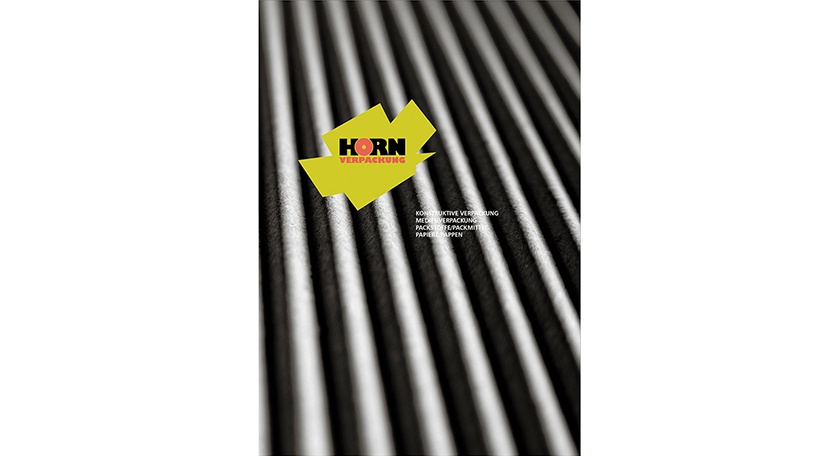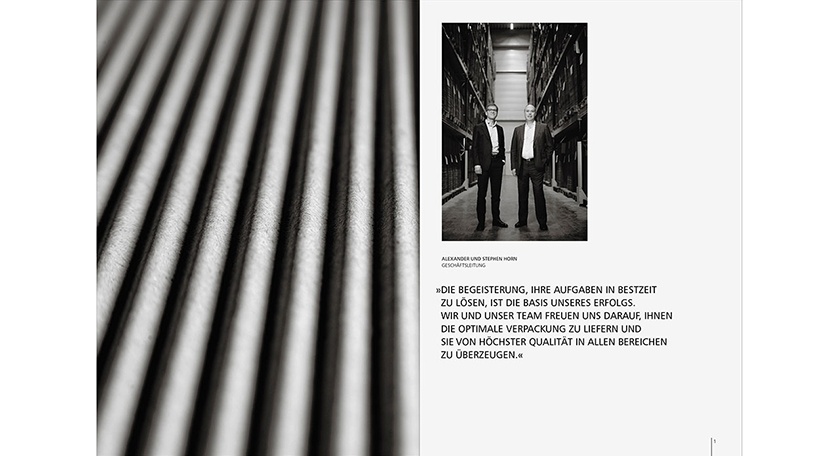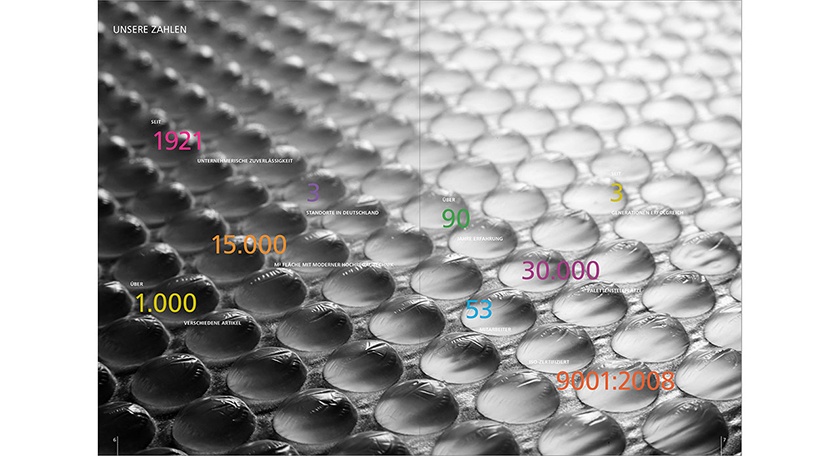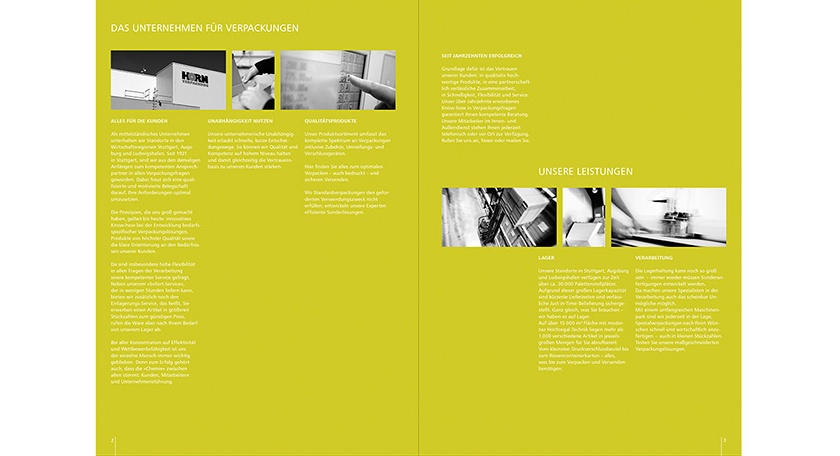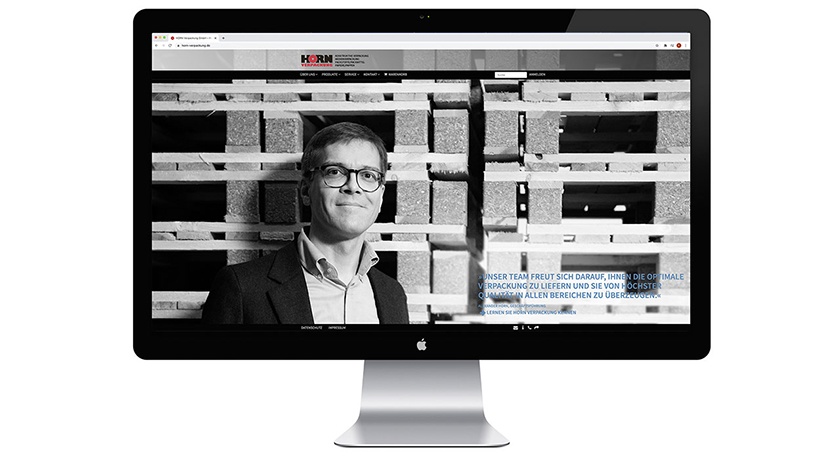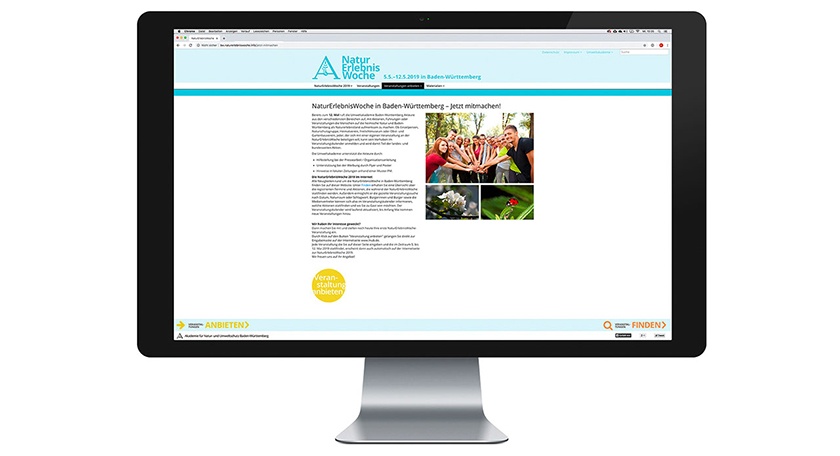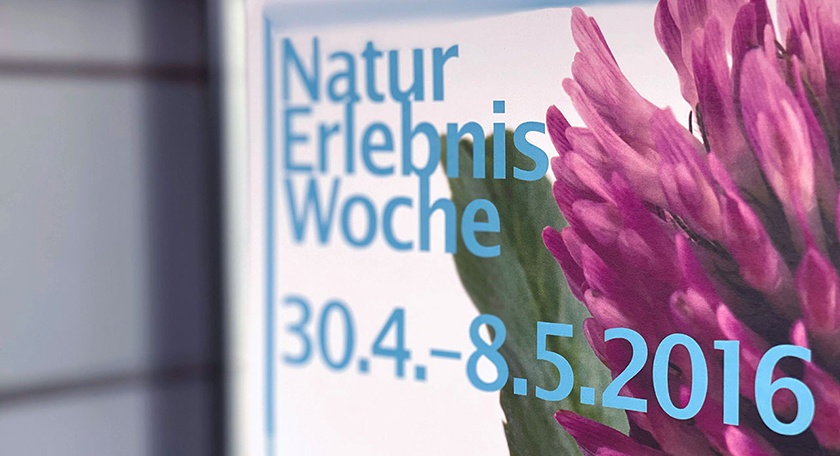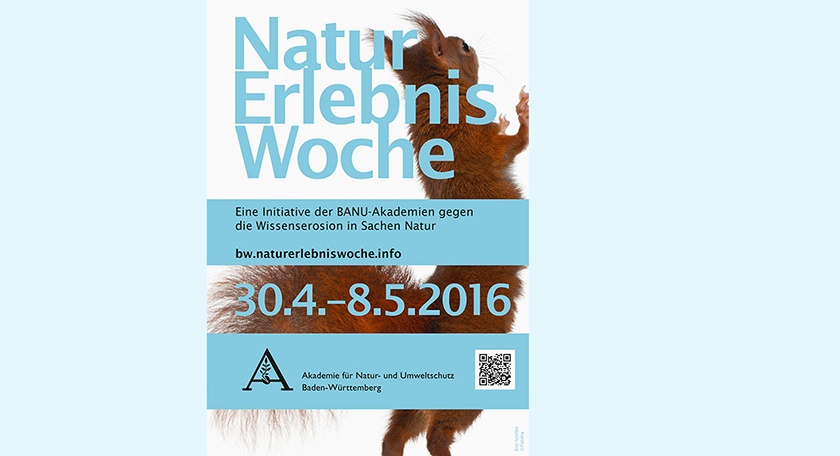büro s Visuelle Gestaltung
Kathrin Schüle has been developing analogue and digital communication products for industrial enterprises and service companies since 2000. Her portfolio also includes clients from the public sector and cultural institutions. Many of her projects centre on environmental and educational themes. She implements digital projects together with her husband, a freelance software and IT specialist.
www.buero-s.de
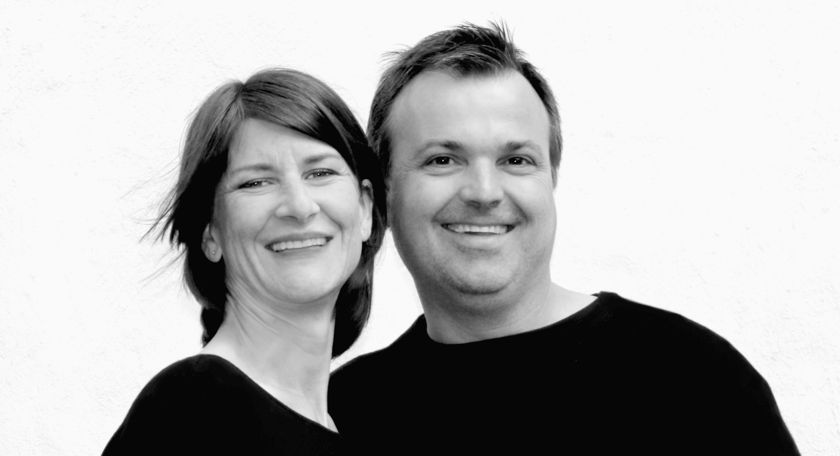
Kathrin & Dieter Schüle
www.buero-s.de

Kathrin & Dieter Schüle

